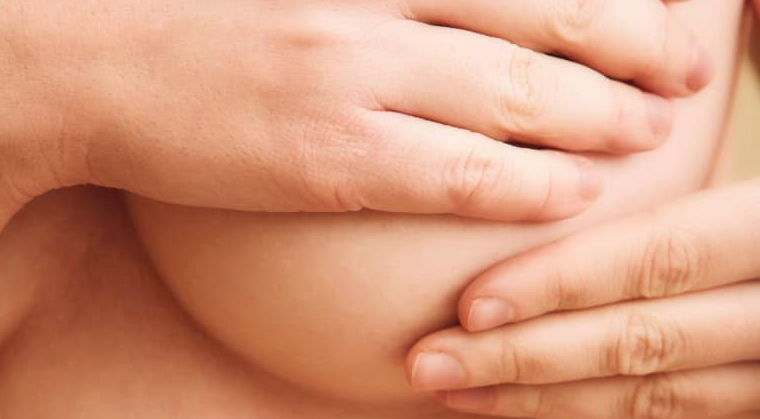Is there breast implant-associated cancer (BIA-ALCL)?

Last Updated on January 15, 2019 by Joseph Gut – thasso
January 09, 2019 – Women should be alerted: Is there a thing like breast implant associated cancer (BIA-ALCL)? Yes, there is. Not every woman with a breast implant will get it, however. In fact, BIA-ALCL seems to be a rather rare condition; unfortunately, there is not yet a possibility to know prospectively who are the unlucky women who will be affected.

BIA-ALCL is a rare cancer of the immune system. It is not breast cancer, which forms from cells in the breast, but instead a cancer that grows in the fluid and scar tissue that forms around a breast implant. The most common symptom of breast implant associated cancer is swelling of a breast caused by fluid build-up, but in some cases it may appear as a lump in the breast or armpit.
BIA-ALCL will not be detected by a mammogram, and is usually tested for by analysis of a sample of the fluid around the implant. If you develop swelling of an implanted breast, your doctor will send you for an ultrasound scan to see if this is due to a fluid collection. If the ultrasound shows that fluid is present, a sample of the fluid will be removed and sent to a laboratory for analysis. Most fluid build-ups are not due to ALCL, but the laboratory test will be able to tell for sure.
Noteworthy, there have been more than 600 cases of BIA-ALCL reported worldwide. In a very recent development, in December 2018 France’s National Agency for the Safety of Medicines and Health Products (ANSM) announced that Allergan’s textured breast implants can no longer be marketed in France and elsewhere in Europe (thasso post reported on it). Thus, according to ANSM, Allergan, one of the world’s largest manufacturers of breast implants, has been unable to renew safety certificates, known as CE marks, for two of its textured surfaces, namely Microcell and Biocell, used in products such as its Natrelle range of breast implants. According to EU-regulations, breast implants, like all medical devices, must have CE marks in order to be sold in 33 European countries. This loss of Allergan’s certificates comes after French regulators at ANSM last month recommended smooth-shell breast implants be used instead of textured-shell products, referring to links between the latter and anaplastic large cell lymphoma (i.e., BIA-ALCL) which in turn would impact on the health aspect for the CE registration of the textured breast implants (considered medical devices) in question.
Also the American Food and Drug Administration (FDA) is tracking the relationship between textured breast implants and breast implant-associated ALCL (BIA-ALCL). According to their data base, breast implants, regardless of surface texture, are associated with a small risk of BIA-ALCL. There appear to be multiple factors involved in the development of BIA-ALCL such as patient characteristics, operative procedure history, breast implant characteristics, including surface characteristics, and duration the breast implant is, or has been, in place. FDA will in due time inform about their findings too. It will be interesting to see, if a higher incidence of BIA-ALCL in woman whit textured breast implants. It would also be most interesting to find prospective firm risk factors (biomarkers, genetic predispositions, etc.) which would put patients at the highest risk for the development of BIA-ALCL.
See here a discussion of aspects surrounding BIA-ALCL:


Regarde aussi l’Australie:
https://www.tga.gov.au/alert/breast-implants-and-anaplastic-large-cell-lymphoma